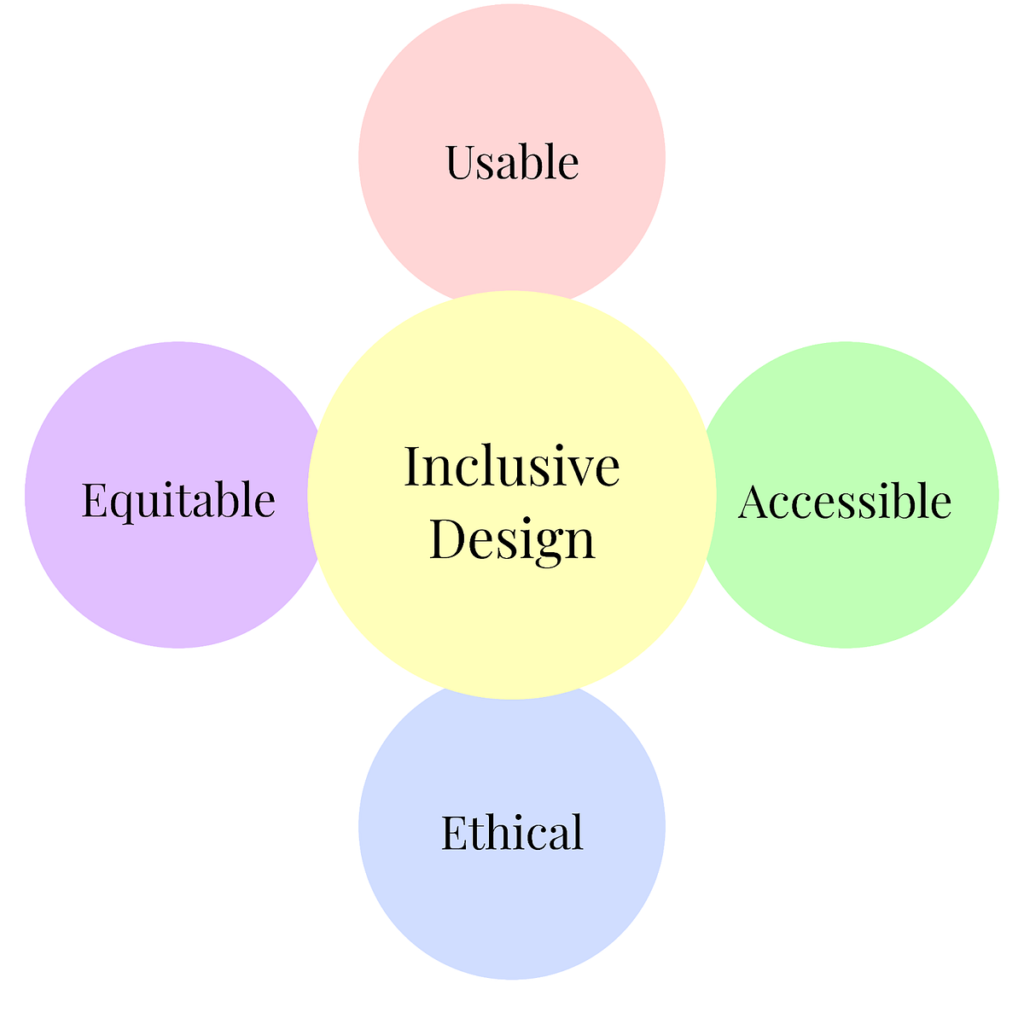
The concept of inclusive and user centric design has been passed around for a very long time. Since the early 2000s, the global distribution of software and web solutions, the drive towards delivering more client-facing everyday solutions to replace mundane activity has propelled the emergence of user centric design. As software became popular and more widely used, the need to design solutions with consideration of how they are interacted with by intended and unintended users has become the hallmark of success for any solution.
User centricity is the core of every software development process. As opposed to thinking about how the solution works from the point of value exclusively, user centricity begs us to think about the solution from the point of, ‘how will the user gain value from using this solution?’ Software solutions developed with this in mind end up reaching a wide range of users and are often successful.
A drawback to user centricity however is that it is centered on how a known set of users will interact with the solution. Any set of individuals outside that known set will not be able to access the value it provides. A quick example of this will be language barrier. A software solution built in Mandarin will make no sense to a Swahili native. This is where inclusivity comes in. Inclusivity in software design simply means adding a bit of empathy into your design journey. To think about users not in sets and demographic but in terms of value needed.
What Is Inclusive Design?
Key to the inclusive design concept is the idea that everyone should have access to, use, and value from products and services, regardless of their ability, age, gender, or cultural background. It’s a comprehensive attitude that promotes diversity and embraces differences rather than a one-size-fits-all strategy. Designing experiences that are inclusive of the whole range of human experiences goes beyond merely adhering to accessibility guidelines.

Why is Inclusive Design Important
Expanding Your Audience
Your audience reach is increased through inclusive design. By taking into account the requirements of customers with impairments, you not only meet their needs but also open doors to new audiences.
Enhancing User Experience
More user-friendly, intuitive interfaces are produced when inclusive design is given priority. This benefits all users, not just those with disabilities, and enhances everyone’s experience, which raises user satisfaction and loyalty.
Strengthening Brand Identity
A dedication to inclusive design can significantly differentiate a brand. Businesses that promote diversity convey a strong message of empathy and social responsibility to customers, earning them trust.
Key Principles of Inclusive Design in UI/UX
- Diverse User Research: Understand the diverse needs and preferences of your users. Conduct thorough research to identify potential challenges and opportunities for improvement.
- Flexibility and Customization: Provide options for users to personalize their experience based on their preferences. This could include adjustable font sizes, color contrasts, and more.
- Clear and Simple Language: Use clear and straightforward language that is easy to understand, avoiding jargon or complex terminology that might exclude some users.
- Screen Readers, Keyboard and Voice Navigation: Ensure that your design is navigable using both screen readers, keyboard inputs and voice commands to accommodate users with different abilities.
- Visual and Audio Elements: Offer alternatives for visual content (alt text for images) and provide captions or transcripts for audio and video content to make it accessible to all.
- Consistency and Predictability: Create a consistent layout and navigation structure so that users can predict where to find specific elements or information.
- Testing and Feedback: Regularly test your designs with a diverse group of users and incorporate their feedback to improve usability and accessibility.

Benefits Of Inclusive Design
Inclusive design offers a multitude of benefits, far beyond compliance and ethics:
Innovation Catalyst
By encouraging designers to go beyond the box and develop solutions that address a range of requirements, inclusive design supports creativity and innovation.
Cost-Efficiency
It often proves more affordable to invest in inclusive design up front rather than retrofitting inaccessible characteristics later. It minimizes the chance of expensive redesigns and legal proceedings.
Legal Compliance
In many places, following accessibility regulations is not only required by law but also by moral obligation. You can achieve these standards if you apply inclusive design.
Competitive Advantage
A product or service can gain a major competitive advantage by being inclusive and accessible, which will expand its customer base and strengthen its position in the market.
Design Examples
Several companies have embraced inclusive design principles with remarkable results:
- Apple: Apple’s VoiceOver and other accessibility features have transformed the tech landscape, making their devices accessible to users with various disabilities.
- Microsoft: With features like the Immersive Reader and the Xbox Adaptive Controller, Microsoft demonstrates its commitment to inclusive gaming and learning.
- Google: Live Transcribe is an Android app that provides real-time transcription for individuals who are deaf or hard of hearing, allowing them to participate in conversations more fully.
- Airbnb: Airbnb has made strides in enhancing accessibility by providing filters for accessible accommodations and offering inclusive host training. Airbnb’s platform offers translation and accessibility features, making it more accessible to travelers from diverse backgrounds and abilities.
The drive towards inclusive user centric design is one that will continue to evolve overtime. As users continue to evolve in their needs and solutions offer diverse value; the concept of inclusive design grows. This transformative journey shouldn’t be shelved as a mere ‘compliance’ requirement, we must realize that the diverse approach to design thinking that it brings will open more doors for growth and innovation.



